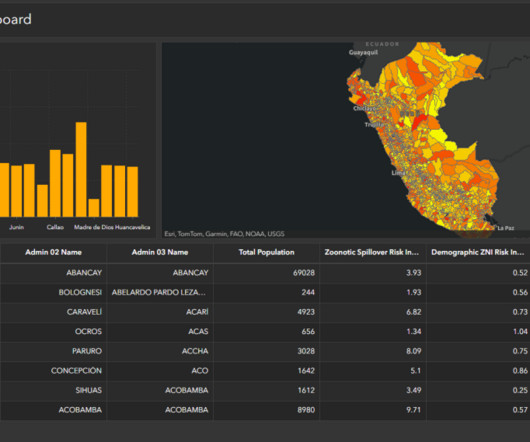A very machine way of network management
Dataconomy
AUGUST 9, 2023
By scrutinizing data packets that constitute network traffic, NTA aims to establish baselines of normal behavior, detect deviations, and take appropriate actions. This is where the power of machine learning (ML) comes into play. One of the primary applications of ML in network traffic analysis is anomaly detection.












Let's personalize your content